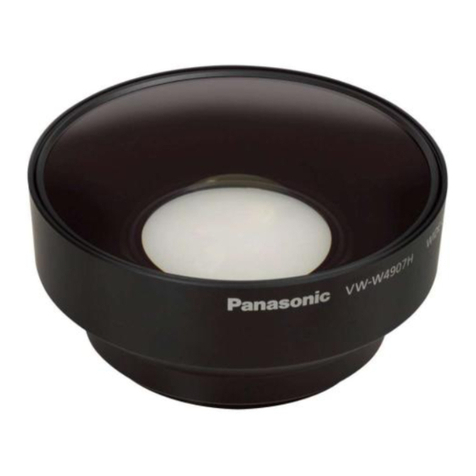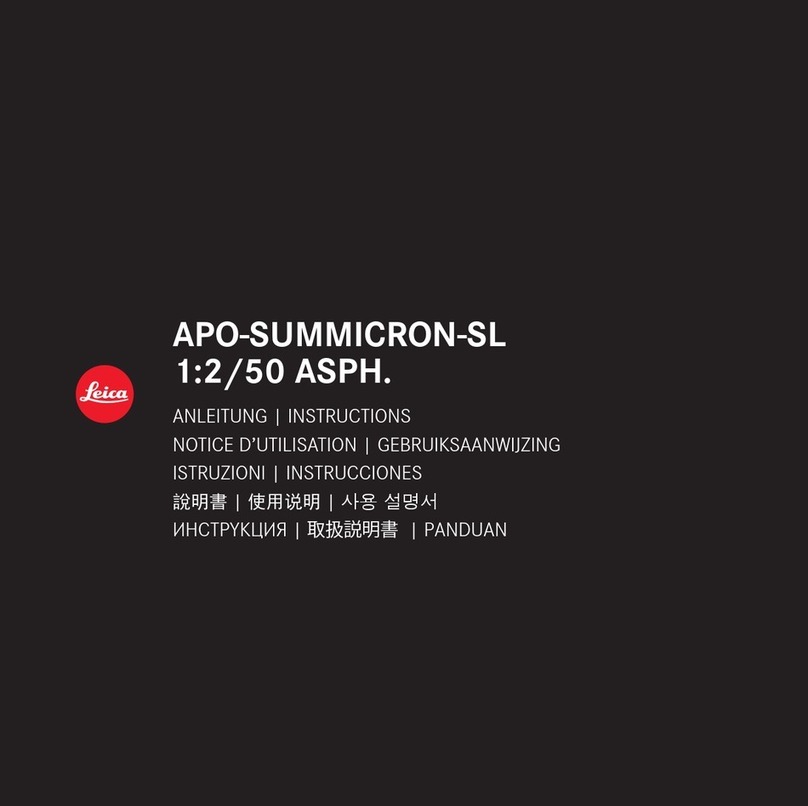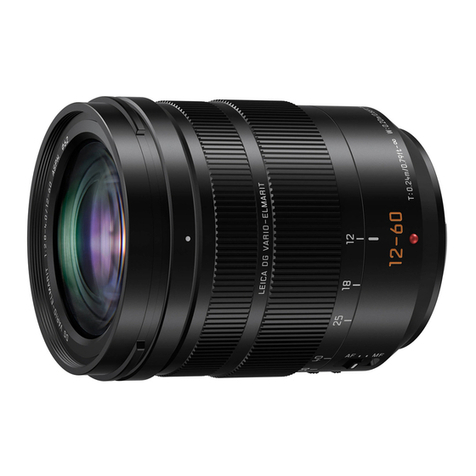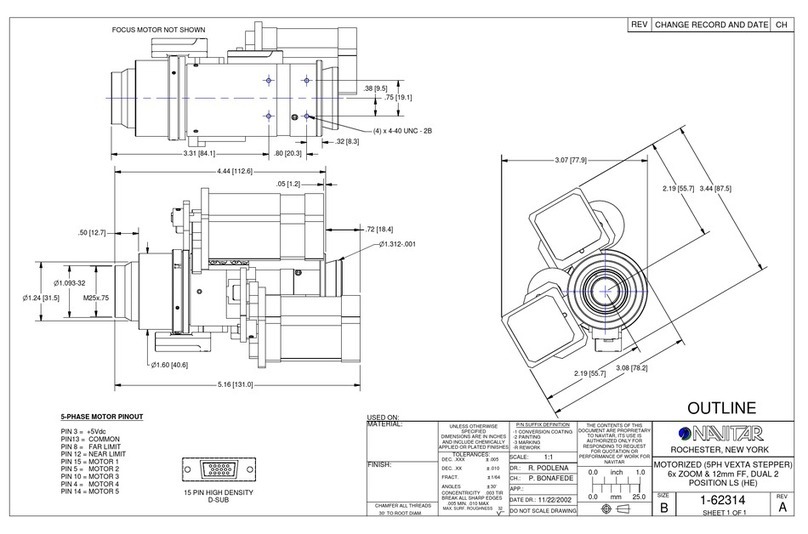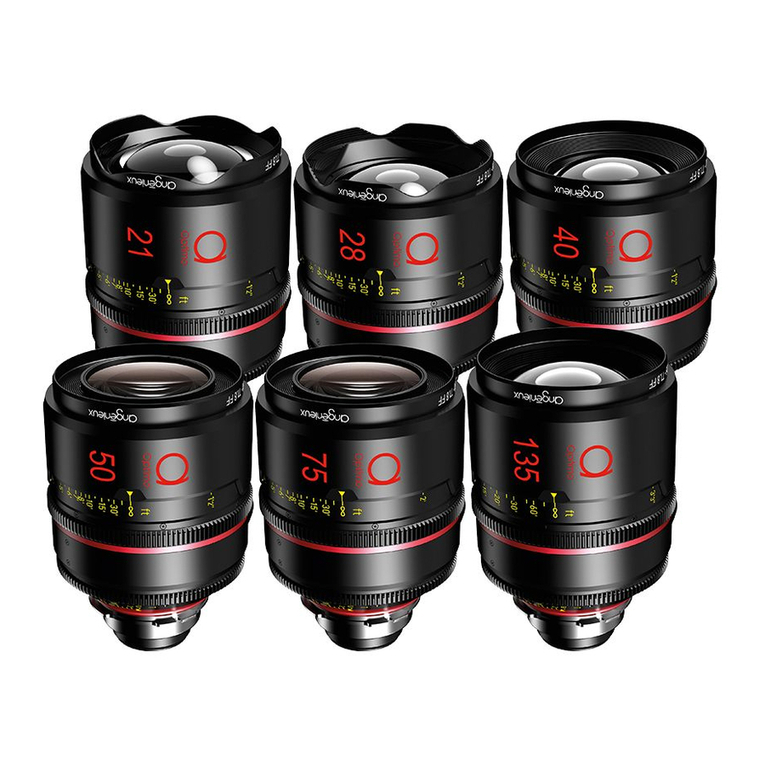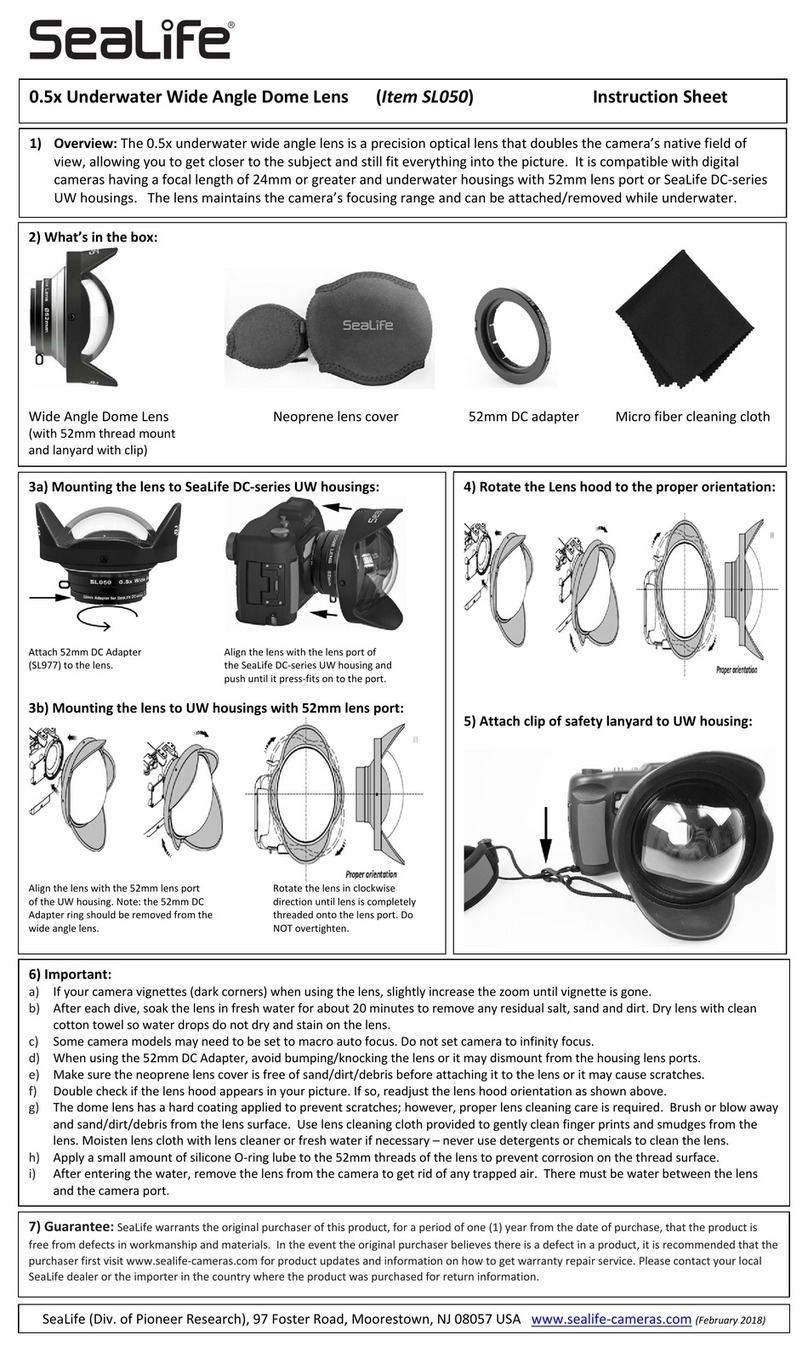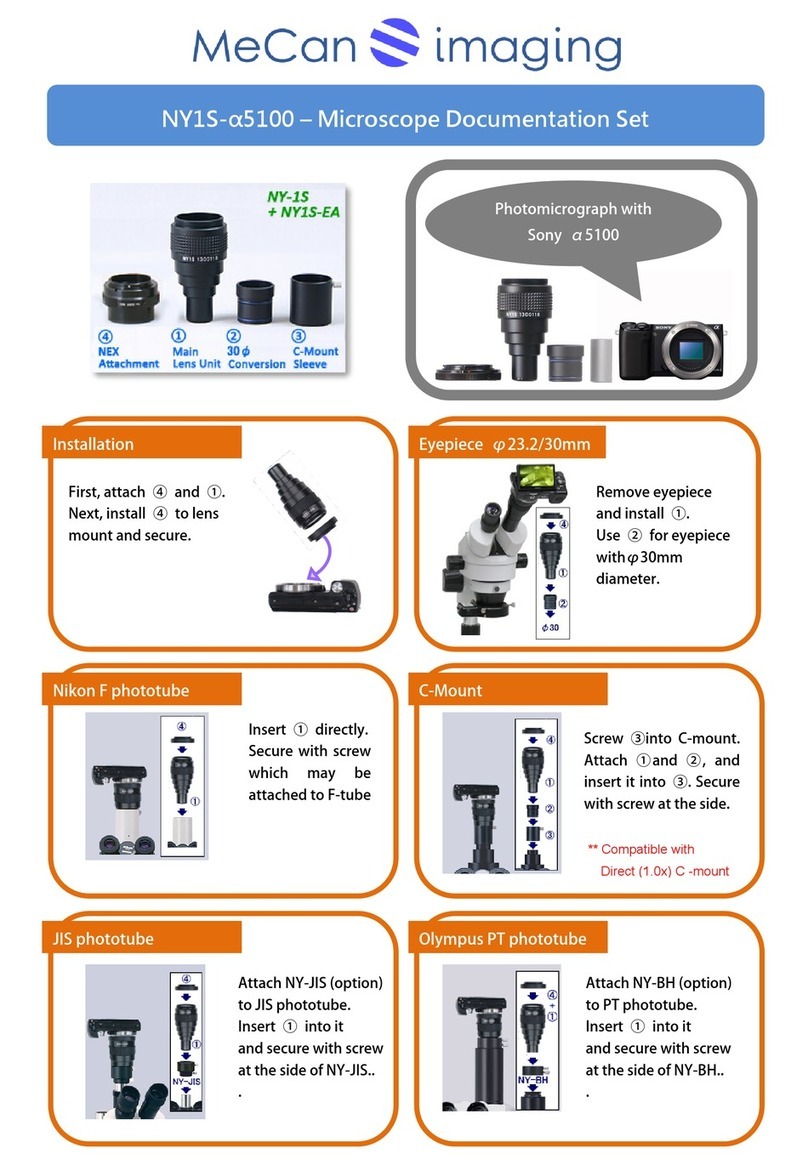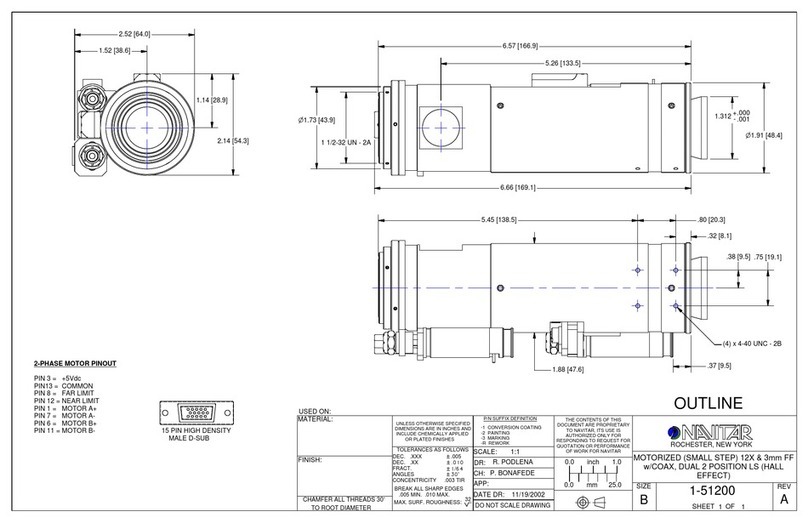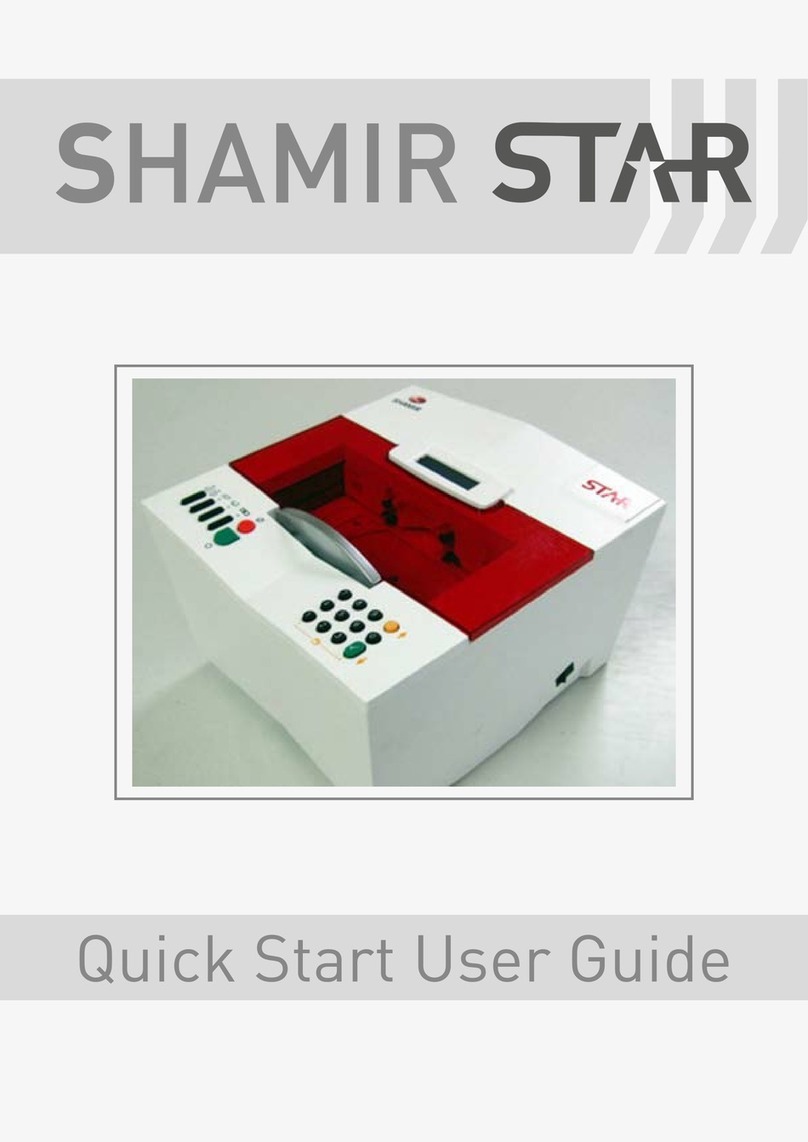
______________________________________________________________________________________________________
PRINT Rev 2: 10/19 ©Art Optical Contact Lens, Inc. s:lb300.iw
Intelliwave3Pro/KeraSoft IC/Kerasoft Thin Silicone Hydrogel Daily Wear Soft Contact Lens. Each lens care
product contains specific directions for use and important safety information, which should be read and carefully
followed.
* Clean one lens first (always the same lens first to avoid mix-ups), rinse the lens thoroughly with recommended
rinsing or disinfecting solution to remove the cleaning solution, mucus, and film from the lens surface, and put lens
into correct chamber of the lens storage case. Then repeat the procedure for the second lens.
* After cleaning, disinfect lens using the system recommended by the manufacture and/or your eyecare practitioner.
* To store lens, disinfect and leave them in the closed/unopened case until ready to wear. If lenses are not to be used
immediately following disinfection, you should consult the package insert or your eyecare practitioner for
information on storage of lenses.
* Always keep your lens completely immersed in a recommended disinfecting/conditioning solution when the lens
are not being worn. If you discontinue wearing your lens, but plan to begin wearing them after a few weeks, ask
your eyecare practitioner for a recommendation on how to store your lens.
* Intelliwave3 Intelliwave3Pro/KeraSoft IC/Kerasoft Thin Silicone Hydrogel Daily Wear Soft Contact Lens can
be disinfected using a chemical (NOT HEAT) disinfecting system.
* Contact lens cases can be a source of bacteria growth. After removing the lens from the case, empty and rinse the
lens storage case with solution as recommended by the lens case manufacturer; then allow the lens case to air dry.
When the case is used again, refill it with storage solution. Replace lens case at regular intervals as recommended
by the lens case manufacturer or your eyecare practitioner.
* Your eyecare practitioner may recommend a lubricating/rewetting solution for your use. Lubricating/Rewetting
solutions can be used to wet (lubricate) your lens while you are wearing them to make them more comfortable.
* Lenses prescribed for frequent replacement:
The Intelliwave3 Intelliwave3Pro/KeraSoft IC/Kerasoft Thin Silicone Hydrogel Daily Wear Soft Contact Lens
may be prescribed in a frequent replacement program and should be thrown away after the recommended wearing
period prescribed by your eyecare practitioner.
LENS DEPOSITS AND USE OF ENZYMATIC CLEANER:
Enzyme cleaning may be recommended by your eyecare practitioner. Enzyme cleaning removes protein deposits on
the lens. These deposits cannot be removed with regular cleaners. Removing protein deposits is important for the well-
being of your lens and eyes. If these deposits are not removed, they can damage the lens and cause irritation. Enzyme
cleaning does NOT replace routine cleaning and disinfecting. For enzyme cleaning, you should carefully follow the
instructions in the enzymatic cleaning labeling.
Lens Case Cleaning and Maintenance:
Contact lens cases can be a source of bacteria growth. After removing the lens from the case, empty and rinse the lens
storage case with solution as recommended by the lens case manufacturer; then allow the lens case to air dry. When
the case is used again, refill it with storage solution. Replace lens case at regular intervals as recommended by the lens
case manufacturer or your eyecare practitioner.
Care for a Sticking (non-moving) Lens:
If the lens sticks (cannot be removed), you should apply 3 to 4 drops of the recommended lubricating or rewetting
solution directly to the eye and wait until the lens begins to move freely on the eye before removing it. If non-movement
of the lens continues after 15 minutes, you should IMMEDIATELY consult your eyecare practitioner.
Care for a Dried out (dehydrated) dry Lens:
If for some reason your lenses dry out completely: a minimum of handling is important as they are very brittle in the
dehydrated state. Carefully place them in rinsing or storage solution for a minimum of thirty minutes during which time
they will become soft and flexible. Then follow the cleaning, rinsing, and disinfecting procedures, including soaking
the lens in storage and disinfection solution for four hours before wearing again.
Chemical (NOT HEAT) Disinfection:
1. Wash and rinse your hands thoroughly BEFORE HANDLING LENS.
2. After removal of lens, CLEAN the lens by applying three drops of cleaner to each surface. Then rub the lens
between your fingers for 20 seconds.
3. AFTER CLEANING, thoroughly rinse both surfaces of the lens with a steady stream of fresh, sterile rinsing
solution for approximately 10 seconds.

